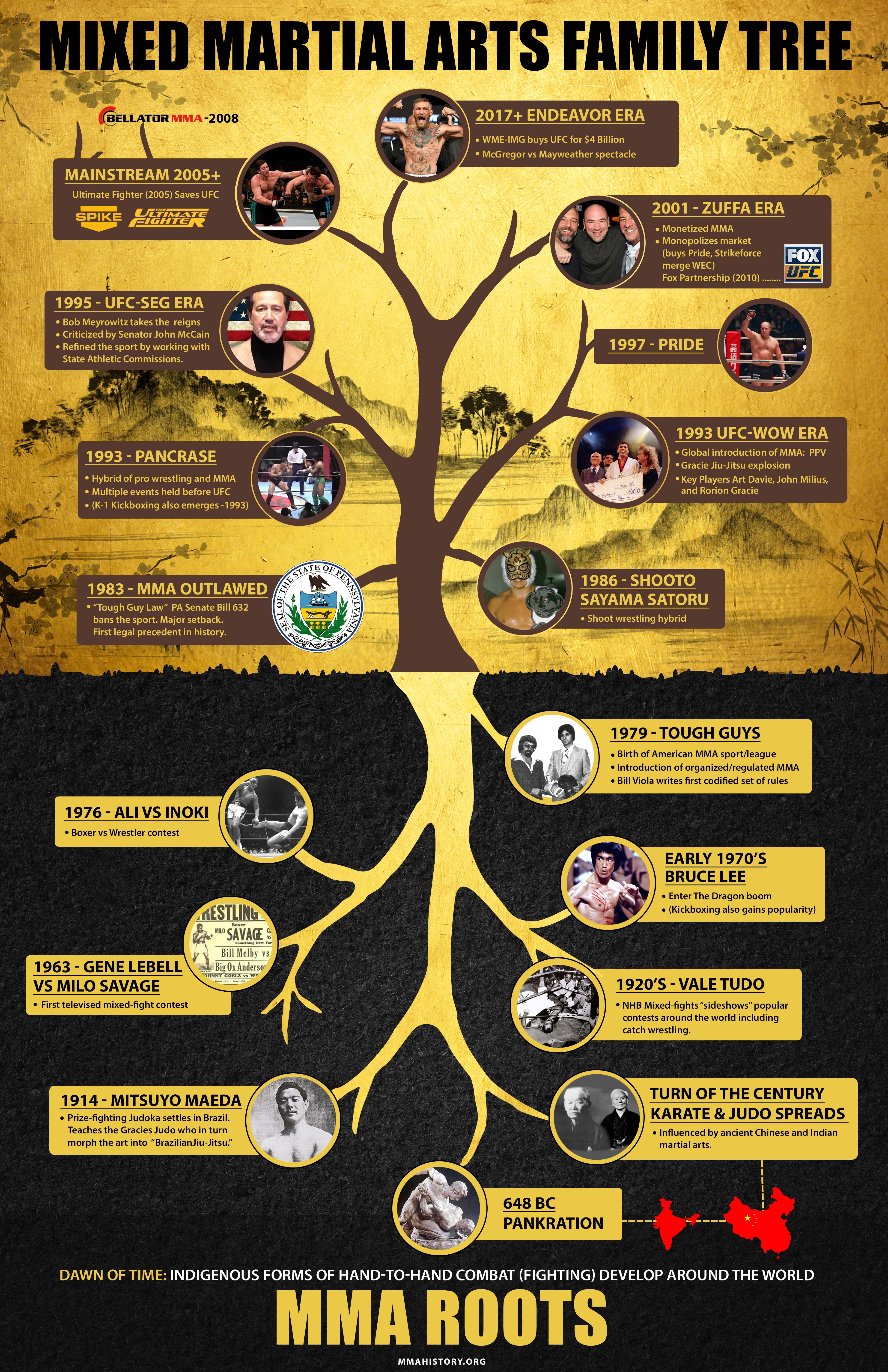Conventional Martial Arts And Modern Combat Sports: A Thorough Summary Of Their Distinctive Differences
Conventional Martial Arts And Modern Combat Sports: A Thorough Summary Of Their Distinctive Differences
Blog Article
Developed By-Keith Hovgaard
When you think of martial arts, do you lean more towards the typical methods or the contemporary battle sports? Each path offers one-of-a-kind advantages and experiences, formed by their ideologies and training approaches. martial arts like krav maga and discipline, while modern combat sporting activities focus on competitors and efficiency. Understanding these differences can direct you in picking the best technique for your journey. However just how do these distinctions materialize in training and approach?
The Philosophy and History Behind Conventional Martial arts
While many people link martial arts with physical combat, the approach and background behind conventional martial arts run much deeper. https://www.ktvq.com/news/local-news/first-look-tips-and-tactics-to-protect-yourself 'll find that these self-controls stress individual growth, technique, and respect.
Stemming from ancient techniques, standard martial arts were commonly created for Self-Defense and spiritual development. youth martial arts classes near me personify principles such as balance, consistency, and self-control, assisting professionals past mere combating abilities.
As you educate, you'll not only find out techniques but likewise acquire insights right into the society and values that shaped these arts. The routines and customs, often given with generations, promote a sense of community and belonging.
The Affordable Nature of Modern Fight Sports
Modern battle sporting activities have actually transformed the landscape of martial arts right into an extremely affordable field, where athletes take on in an examination of ability, approach, and endurance.
boxing classes near me 'll observe that competitions are often organized with stringent policies and guidelines, making certain fair game and security. These events bring in big audiences, fueling the excitement and intensity of competitions.
Professional athletes train rigorously, not just for physical expertise however additionally for mental durability, recognizing that every information counts in the ring. The adrenaline thrill throughout competitors is palpable, as competitors push their limitations to declare success.
Fans appreciate the athleticism and artistry involved, making contemporary combat sports a thrilling spectacle that continues to evolve and captivate lovers around the world.
Training Approaches and Techniques: A Comparative Analysis
The competitive ambience of modern-day battle sports demands ingenious training approaches that vary considerably from traditional martial arts.
In modern-day training, you'll concentrate on specific techniques, sparring, and conditioning, commonly utilizing drills that mimic real battle circumstances. You'll see a focus on measurable efficiency and regular competition to examine your skills.
On the other hand, conventional martial arts focus on forms, katas, and thoughtful teachings, often emphasizing self-control and regard over competition.
Training is usually less extreme and might include repeated practice rather than real-time sparring.
While both methods build skill and health and fitness, modern combat sports give an extra dynamic and versatile training environment, preparing you for prompt obstacles in the ring or cage.
Choose the course that lines up with your goals and interests.
Final thought
In picking between typical martial arts and modern fight sports, it really boils down to what you value most. If you're trying to find individual development, discipline, and a sense of area, traditional arts may be your best fit. Yet if you grow on competition and real-time challenges, modern fight sporting activities could be the method to go. Eventually, both paths use special benefits, so it's all about aligning your training with your individual objectives and rate of interests.
